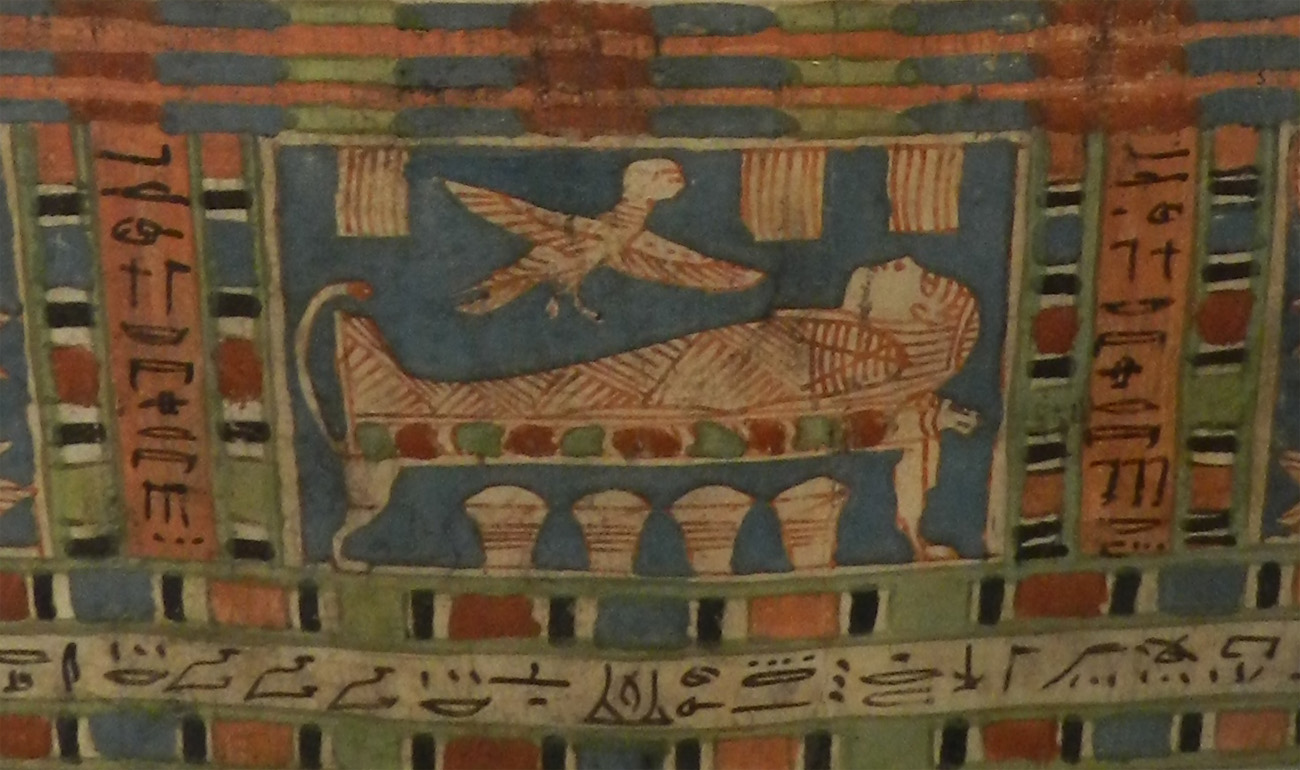
Prior to this, many rediscovered mummies were sold as curiosities or for use in pseudoscientific novelties such as mummia. While interest in the study of mummies dates as far back as Ptolemaic Greece, most structured scientific study began at the beginning of the 20th century. Wasps of the genus Aleiodes are known as "mummy wasps" because they wrap their caterpillar prey as "mummies".Ī 550-year-old Peruvian child mummy being prepared for a CT scan Also applied to the frozen carcase of an animal imbedded in prehistoric snow".

However, Chamber's Cyclopædia and the Victorian zoologist Francis Trevelyan Buckland define a mummy as follows: "A human or animal body desiccated by exposure to sun or air. The OED defines a mummy as "the body of a human being or animal embalmed (according to the ancient Egyptian or some analogous method) as a preparation for burial", citing sources from 1615 AD onward.

The Medieval English term "mummy" was defined as "medical preparation of the substance of mummies", rather than the entire corpse, with Richard Hakluyt in 1599 AD complaining that "these dead bodies are the Mummy which the Phisistians and Apothecaries doe against our willes make us to swallow". The meaning of "corpse preserved by desiccation" developed post-medievally. This word was borrowed from Persian where it meant asphalt, and is derived from the word mūm meaning wax. The English word mummy is derived from medieval Latin Mumia, a borrowing of the medieval Arabic word mūmiya (مومياء) which meant an embalmed corpse, as well as the bituminous embalming substance.

Many of the Egyptian animal mummies are sacred ibis, and radiocarbon dating suggests the Egyptian Ibis mummies that have been analyzed were from time frame that falls between approximately 450 and 250 BC. Over one million animal mummies have been found in Egypt, many of which are cats.

Mummies of humans and animals have been found on every continent, both as a result of natural preservation through unusual conditions, and as cultural artifacts. Some authorities restrict the use of the term to bodies deliberately embalmed with chemicals, but the use of the word to cover accidentally desiccated bodies goes back to at least 1615 AD (see the section Etymology and meaning). A mummy is a dead human or an animal whose soft tissues and organs have been preserved by either intentional or accidental exposure to chemicals, extreme cold, very low humidity, or lack of air, so that the recovered body does not decay further if kept in cool and dry conditions.


 0 kommentar(er)
0 kommentar(er)
